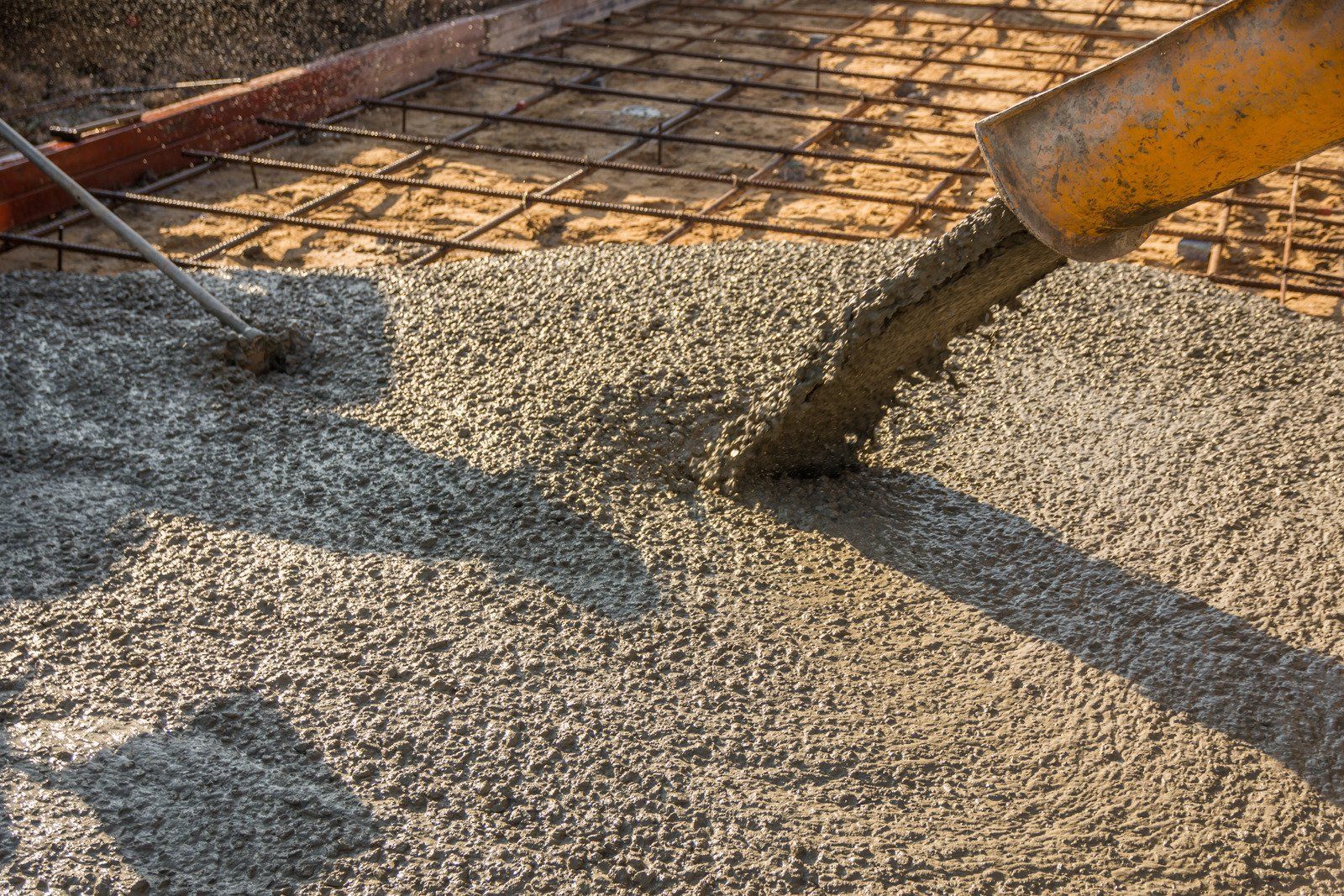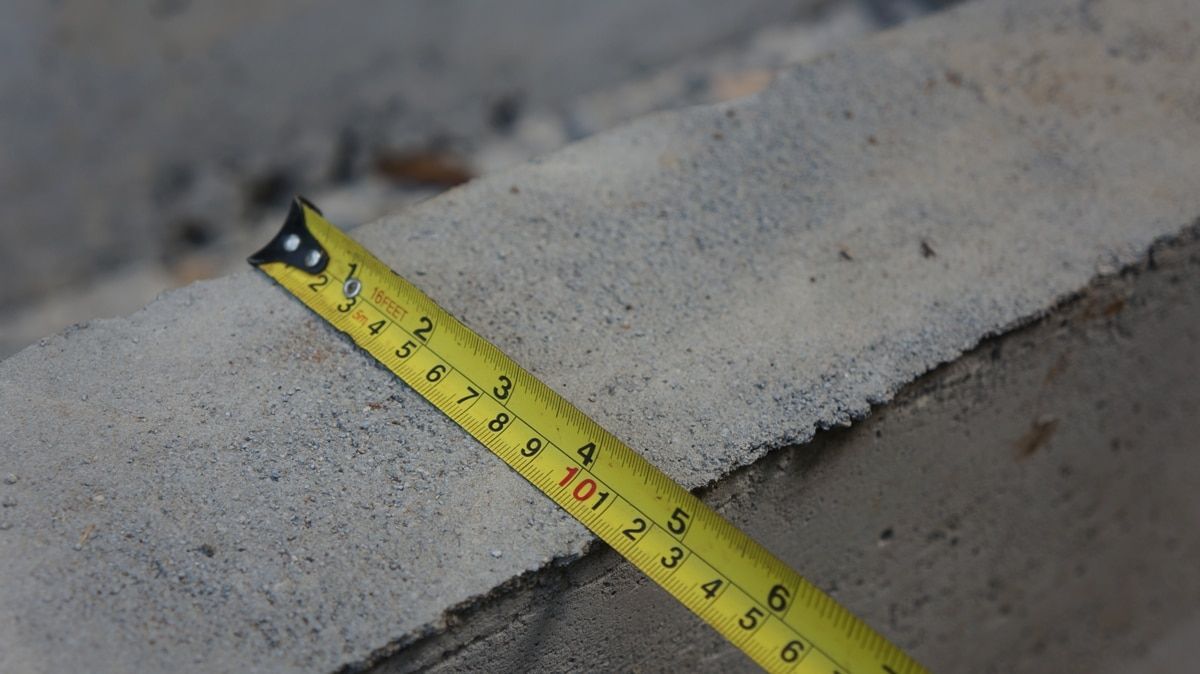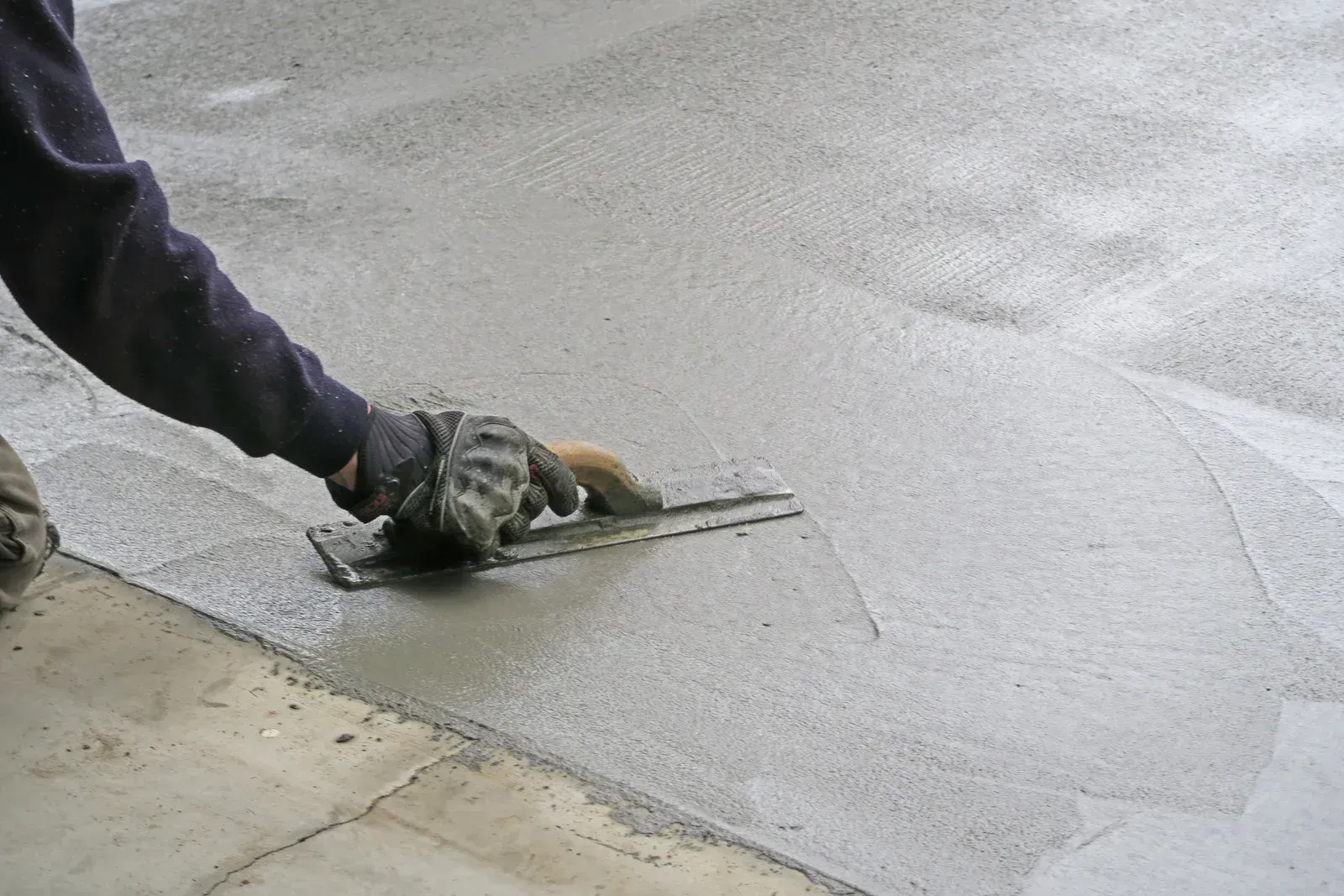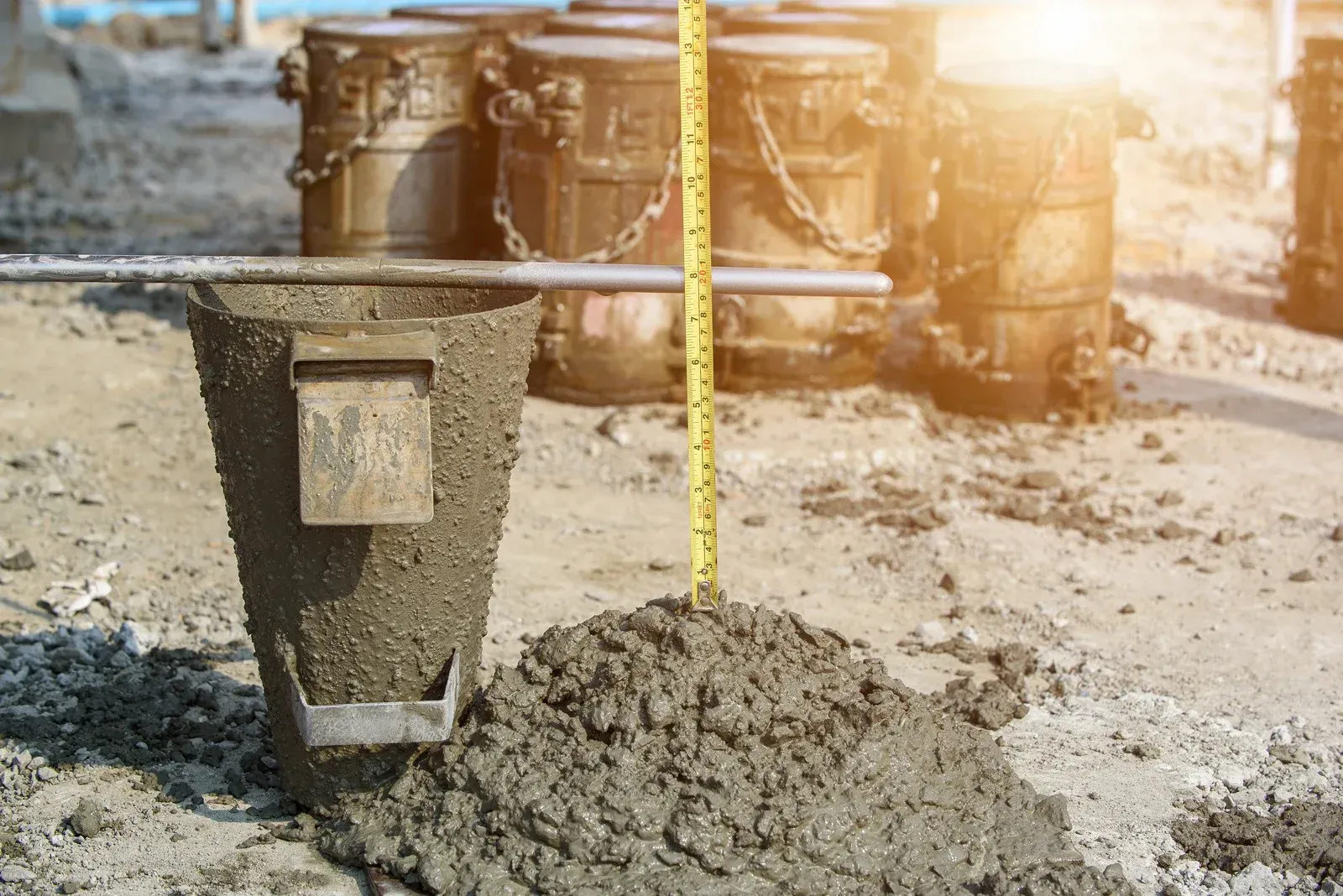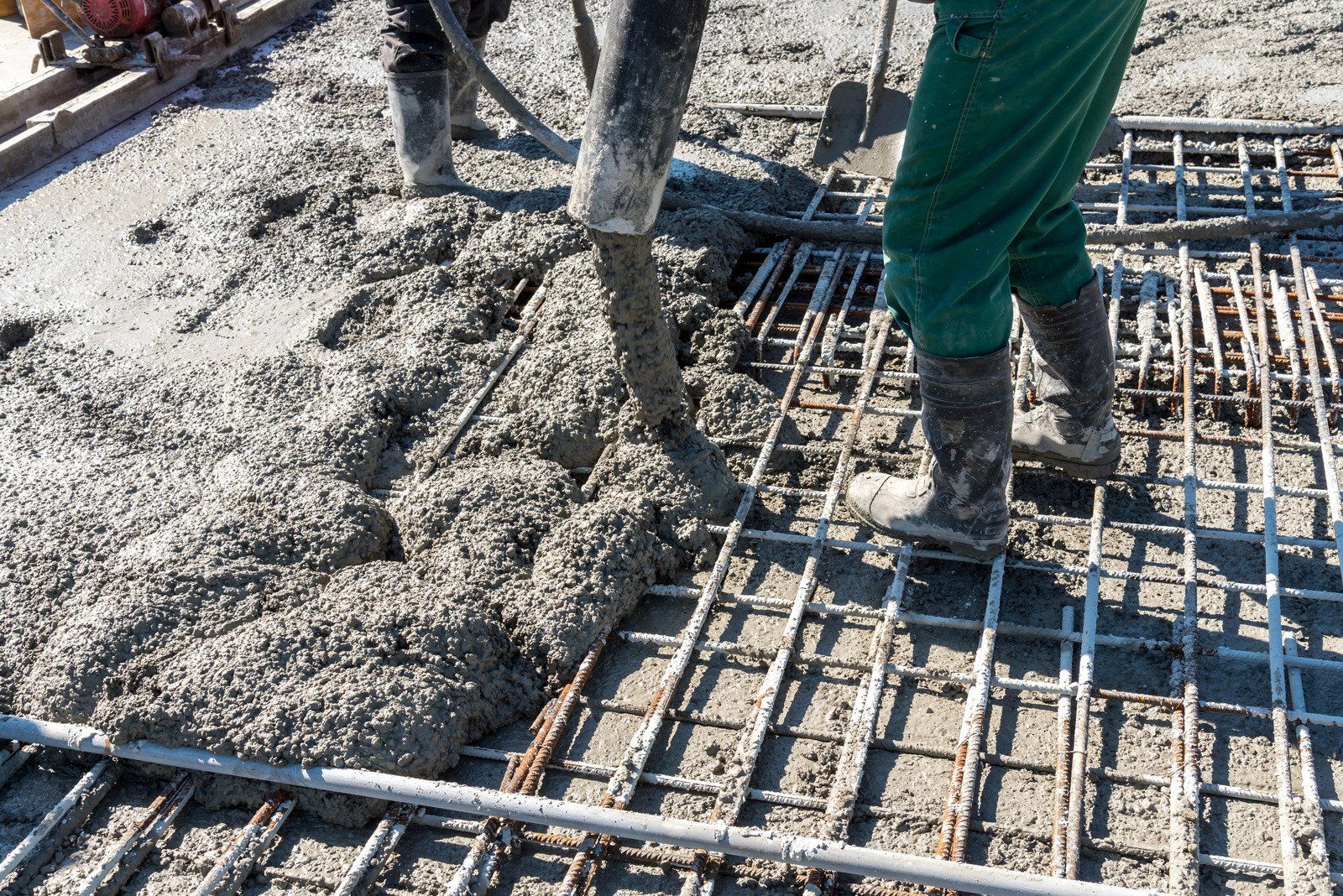The Chemistry Nobody Wants to Talk About: Why PLC (1L)Cement Is Forcing Us to Rethink Everything
Let’s cut through the corporate fluff for a minute. If you work with concrete—actually work with it, not just write specs from a desk—you know something’s off. The transition from classic OPC to One L cements hasn’t been smooth. It’s been a minefield. And the industry’s response so far? Mostly denial, hand-waving, and a lot of “Europe’s been doing it for years.” I’m done with that.
I’m a third-generation finisher who clawed my way through a real-world doctorate because I wanted answers. That’s why we partnered with a University on a study that isn’t just another lab exercise. We put five major PLCs head-to-head with old-school Type I/II, running every test that actually matters in the field: loss on ignition, real limestone content, heat of hydration, TGA for CH, set times, density, particle fineness. No shortcuts. No manufacturer-sponsored “happy path” results.
What We Actually Found
- Loss on Ignition: PLCs are drifting by 2% compared to OPC.
- Limestone Content: Limestone content inconsistent with what’s reported and what’s real.
- Heat of Hydration: OPC clinkers run cool and steady. PLCs light up quickly, and after seven days, every PLC cement burns hotter than OPC. That’s not just a lab curiosity—that’s a real-world headache when you’re pouring in the summer.
- Set Times: OPC’s initial set? Two hours. PLCs? 1.6 hours. Final set for PLCs drifted out to 4.5 hours, sometimes longer. If you’re scheduling crews or timing finishing, this matters more than anything on the datasheet.
- Density & SSA: Lower density, higher specific surface area on PLCs. Water demand is very high if you’re still running old mix designs. Good luck.
The Admixture Roulette
Here’s where it gets ugly. We tested three major admixture lines—water reducers, air entrainers, accelerators, and self-sealing admixtures —with Minimum to maximum dosages. The results? All over the place.
- Water Reducers: Either no workability change or a drop. The “neutral” claim doesn’t hold up in the field.
- Air: Sometimes we gained, sometimes we lost. No pattern, no predictability.
- Accelerators: went from “sometimes works” to “who knows?”
- Self-Sealing Admixtures: a decrease in strength, decreased workability, and air instability.
For God’s Sake, Stop Worshipping Strength
And for God’s sake, quit depending on strength to be the end-all, be-all of great concrete. It’s absolutely madness to keep thinking in this mindset, and it’s dangerous to anyone who cares about actually producing quality concrete. Just because you pump up the strength numbers doesn’t mean your chemistry works. All you’re doing is gaming the system. You can hit higher breaks all day long and still end up with a mix that cracks, curls, or falls apart a year later. Strength is just one metric. If that’s all you’re chasing, you’re missing the real story—Finish-ability, durability, long-term performance, actual in-place results. We’ve got to break out of this mindset if we’re ever going to get real progress.
What’s Actually Going On
The chemistry changed. Less clinker, more limestone, plus whatever SCMs get tossed in. The old admixtures can’t keep up. And the worst part? Most of the committees and standards bodies are stuck in the past, more worried about politics and reputations than what’s happening at the truck chute.
Europe has been grappling with this issue for decades, but most of its problems have been swept under the rug. I’ve talked to contractors and producers over there—they’ve got the same issues, they just learned to live with them. That’s not good enough for me, and it shouldn’t be good enough for anyone who actually cares about performance.
Time to Blow Up the Old Rulebook
Let’s be real: The only way forward is to admit our old methods don’t work and start over. New cements need new chemistry, and that means new admixtures—real ones, built for the system we actually have. We’re already running nanotech admixtures in the field, and they’re outperforming traditional admixtures with PLC. But you can’t just bolt them onto old habits and expect miracles. You need to rethink everything: how you test, how you place, how you finish.
And yes, that means challenging a system that’s more focused on maintaining comfort zones than addressing issues. The resistance the industry shows indicates you’re on the right path. From smear campaigns to denial, they’re not new—they’re just the final effort of outdated thinking.
For the Next Generation
This isn’t just about me or my research. I remember what it was like to be out there with nobody looking out for my best interests. Now that I’m on the other side, I refuse to let the next generation get stuck with our mess. We owe them better than that.
Publishing of the Full work will be in 2026 with all the data—no spin, no sugarcoating. If you’re facing these challenges or want to talk through solutions, DM me. I’d rather have a challenging conversation now than watch another project fail quietly. It’s time to stop hiding from the chemistry and start building something that actually lasts.
Let’s get out of our own way and do this right.
